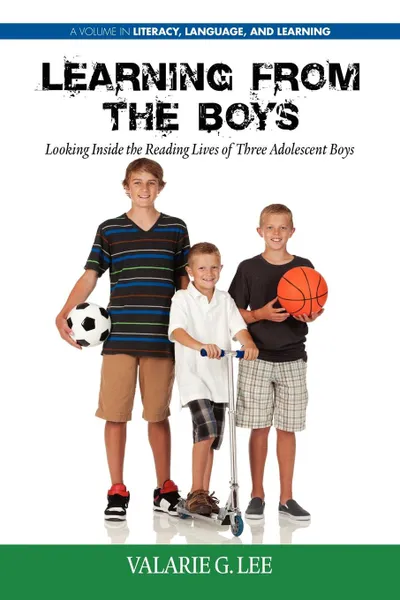Learning from the Boys. Looking Inside the Reading Lives of Three Adolescent Boys 12+
Автор: Valarie G. Lee,
Valerie G. Lee
154 страницы
Категория: Энциклопедии, справочники
ISBN: 9781617359774
Язык: Английский
📗 The "Boy Crisis" is cited often in educational and news reports due to the consistent readingachievement gap for boys and the statistics paint a dismal picture of boys in school. Politicians andresearchers often focus on boys' low scores on reading achievement tests and compare these scoresto the girls' scores with little consideration for the actual reading lives of boys. As a result,adolescent boys' vernacular reading is most often misunderstood.This book documents my journey as a mother of three boys and teacher of adolescents, as I attemptto articulate both the in-school and out-of-school experiences of boys. The book describes myattempts at creating a more complete picture of the reading lives and experiences of adolescent boysby describing three boys and their reading experiences in their natural contexts. It provides a rich description, revealing disconnectsbetween school literacy practices and boys' vernacular literacy practices.In this book, parents, administrators, and teachers will find discover the complexity of boys as readers, challenging educators to pursueeffective practice and curricular decisions which go beyond the quick fixes for "the boy problem" so often seen in response to low testscores. This book provides parents, administrators, and teachers with an in-depth description of three boy readers. What emerges is adescription of the complexity of boys as readers, challenging educators to pursue effective practice and curricu...
Мнения
